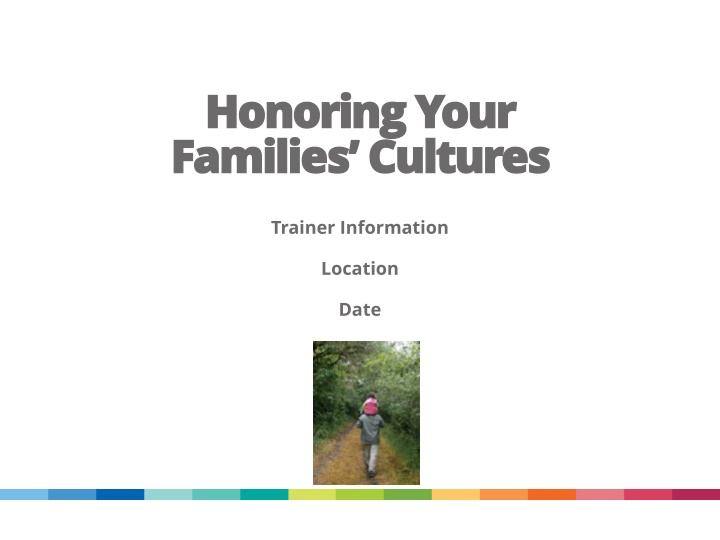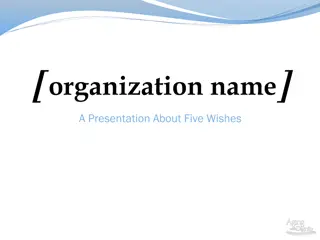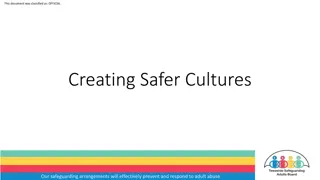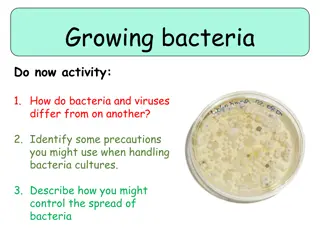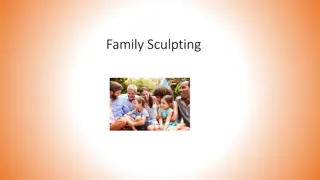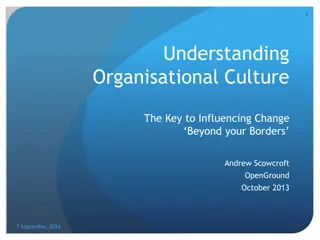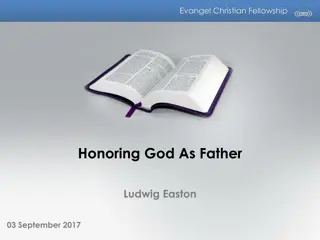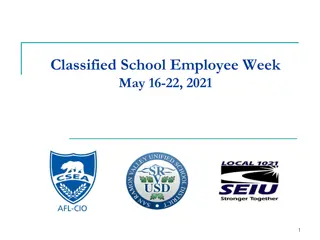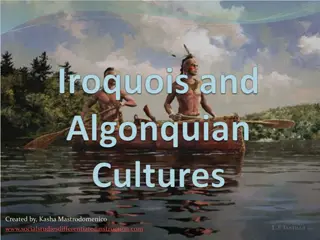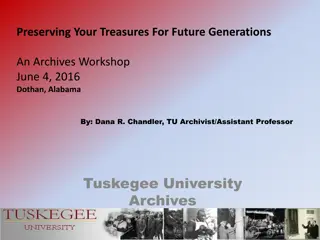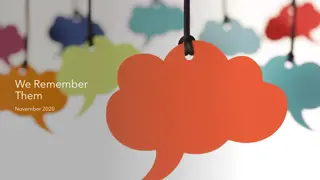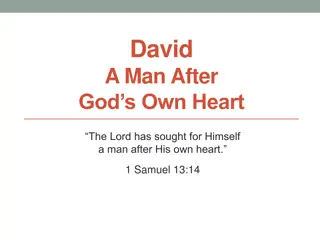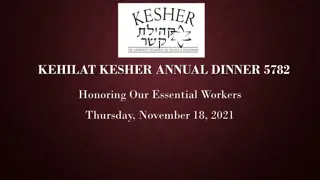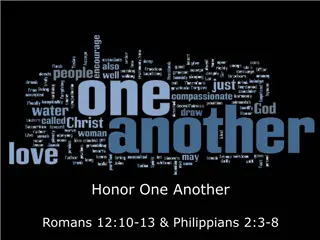Honoring Your Family's Cultures Workshop
Learn to develop a culturally responsive Early Learning & Development Program by examining cultural experiences, beliefs, and the importance of providing such a program. Explore strategies to support children's cultures and languages.
Download Presentation

Please find below an Image/Link to download the presentation.
The content on the website is provided AS IS for your information and personal use only. It may not be sold, licensed, or shared on other websites without obtaining consent from the author.If you encounter any issues during the download, it is possible that the publisher has removed the file from their server.
You are allowed to download the files provided on this website for personal or commercial use, subject to the condition that they are used lawfully. All files are the property of their respective owners.
The content on the website is provided AS IS for your information and personal use only. It may not be sold, licensed, or shared on other websites without obtaining consent from the author.
E N D
Presentation Transcript
Honoring Your Honoring Your Families Cultures Families Cultures Trainer Information Location Date
Group Courtesies Group Courtesies
Introductions and Ice Breaker Introductions and Ice Breaker With a partner, describe the story of your name Share why you are attending this workshop
Agenda, Materials, Outcome, Agenda, Materials, Outcome, and Objectives and Objectives
Session Outcome Session Outcome Participants will develop a culturally responsive Early Learning & Development Program.
Session Objectives Session Objectives Participants will: Examine their own cultural experiences and beliefs. Examine why it s important to provide a culturally responsive Early Learning and Development Program (ELDP). Explore how to be linguistically responsive to their families. Explore and select strategies to support children s cultures and home languages.
What is Culture? What is Culture ?
A Definition of Culture A Definition of Culture Refers to how particular groups of people live. It is the way we eat, sleep, talk, play, care for the sick, relate to one another, think about work, arrange our kitchens, and remember our dead. It includes the languages we speak, the religion or spirituality we practice (or do not), and the clothing, housing, food, and rituals/holidays with which we feel most comfortable. Derman-Sparks & Edwards. (2010). Anti-Bias Education for Young Children and Ourselves. National Association for the Education of Young Children: Washington, D.C. p. 55.
Reflective Activity Reflective Activity Think about your family culture. Write down and/or draw some of the most important elements of your family s culture. What feelings surface in regards to your family culture? Pride? Shame? Identity? Confusion? Belonging? Other feelings?
Early Childhood Educators Early Childhood Educators and Culture and Culture We want to honor each child and family s culture but often look at surface aspects (i.e., costumes, holidays, food, etc.)
Family Structure Family Structure How will types of families be shared/valued in your programs? Will children of various family structures see their family? Single parent Nuclear Nuclear same gender Blended Grandparent (1 in 14 children in U.S.) Extended
Assumptions Can Lead Assumptions Can Lead t to o Generalizing Generalizing or or Stereotyping Stereotyping Think about some stereotypes you ve heard about an individual, a certain group, or yourself How have these thoughts/beliefs influenced your life and work with children and families? Complete Group Activity Poetry Slam video
Influences on Your Influences on Your Classroom Culture Classroom Culture Children and Families ELDP Staff Community Dominant Culture
Early Childhood Experiences . . . Early Childhood Experiences . . . What Research Tells Us What Research Tells Us Unless adults support and guide children at home and in other settings, children may internalize what they ll interpret is right and wrong about how they live, possibly leading to prejudice (their way is the right way) or feelings of not-belonging (their way is the wrong way).
Resources Resources Anti-Bias Education for Young Children and Ourselves. Louise Derman-Sparks and Julie Olsen Edwards, 2010. Developmentally Appropriate Practice. Carol Copple and Sue Bredekamp, editors, third edition, 2009.
Break Break
Moving From Why to HOW Moving From Why to HOW How can we be purposeful about creating a linguistically responsive ELDP?
Linguistically Responsive Strategies Linguistically Responsive Strategies Compare strategies (on handout) with your own experiences What else did your group come up with that could be added to our list? Compare/Share/Add to list
Program Tour With Fresh Eyes Program Tour With Fresh Eyes Take a few minutes to think about your programs silently. How are teachers , children s, and families lives reflected? What are the invisible/underlying ways that culture is valued?
Spark/Quality Rating and Spark/Quality Rating and Improvement System Improvement System In the Children s Learning and Development domain many of the standards have a focus on inclusion and culture. Some examples: Shelves or containers with toys, books, etc., labeled with words in the languages of all the children in the program Represents the culture of the community Includes some written materials in the children s home language
Spark/QRIS Spark/QRIS (continued) (continued) Activities designed to promote understanding of cultures represented in the program Activities designed to promote understanding of cultures beyond those represented in the program Interactions with persons who are culturally or linguistically diverse Some activities in children s home languages such as singing or storytelling
Why Does QRIS Include Those Criteria? Why Does QRIS Include Those Criteria? So children will feel pride in their families cultures So children and families feel comfortable and valued when in your program
Activity: Strategies Which Activity: Strategies Which Honor Families Cultures Honor Families Cultures Fill out the Self-Evaluation Discuss in your groups any other strategies not listed on the form Groups share/add additional ideas
Planning Out Your Goal Planning Out Your Goal Share with your peers at least one strategy you plan to implement which honors families cultures Be specific and realistic Give yourself a timeline Can highlight on your self- evaluation any other goals you plan to implement
Evaluation/Certificates/Conclusion Evaluation/Certificates/Conclusion There are many ways that cultural differences are taught to young children. Everything we do tells children about how we see the world and what we think of others. Thank you for your participation!
